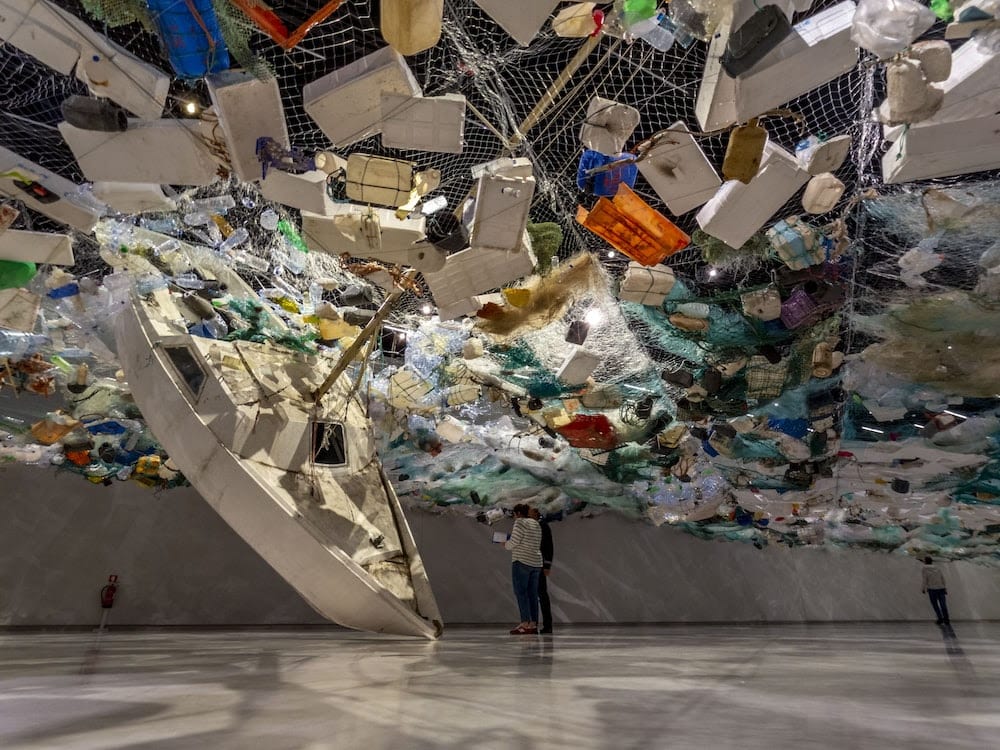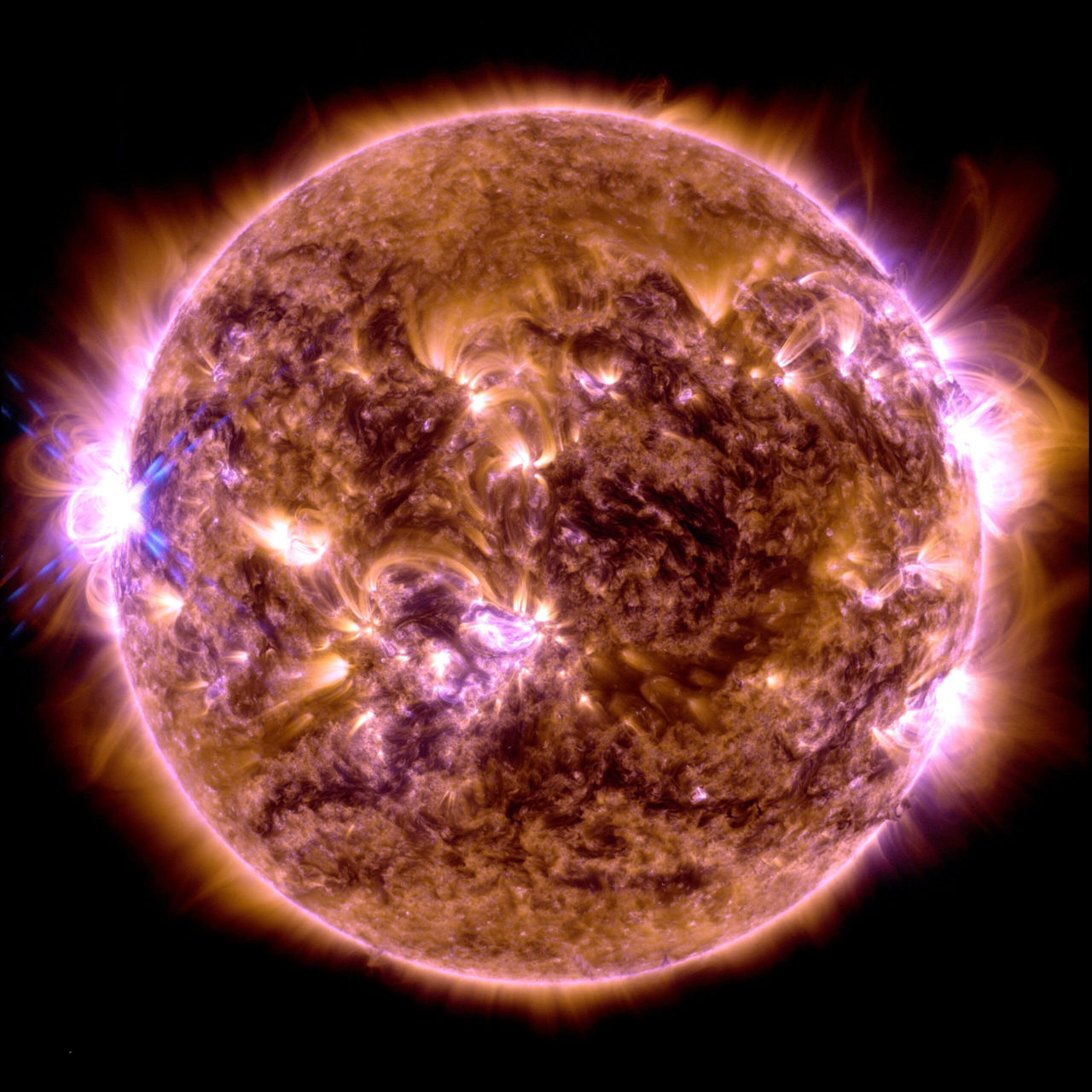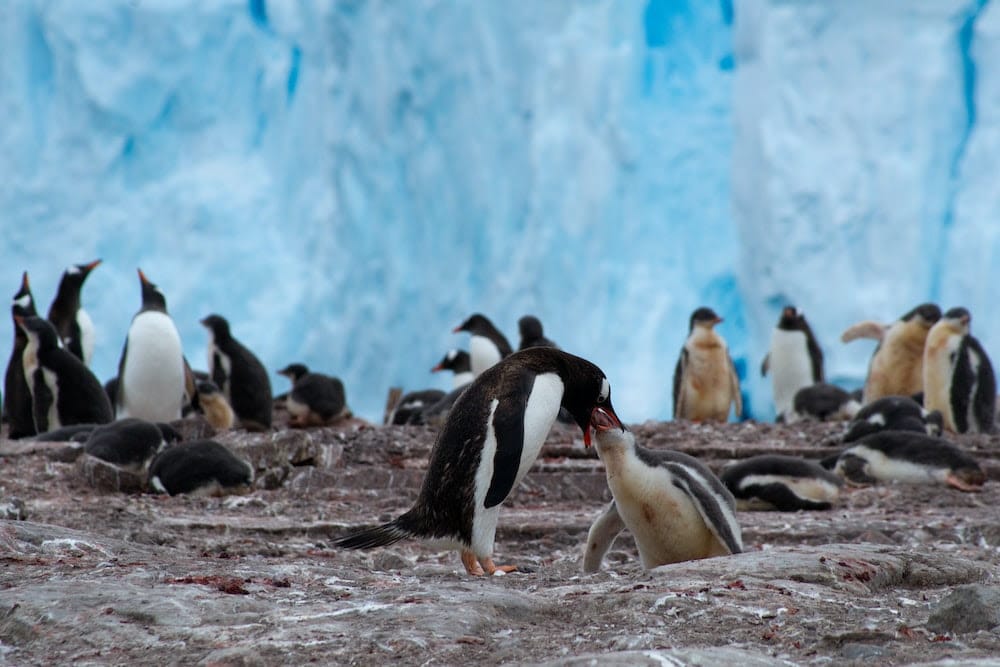
Ocean acidification is the major topic of global warming when we talk about the balance of the planet, and climate, global warming. But what lies behind this technical and often misunderstood term? What is ocean acidification? What can be done to mitigate the phenomenon? How can we get involved? What are the prospects for the coming years? Is man responsible for ocean acidification? Find out in this article
The ocean’s role in climate
The notion of carbon sink
A carbon sink is a natural or artificial ecosystem that captures and stores CO². Natural carbon sinks include forests, coastal marshes and hedgerows, as well as the ocean.
The ocean plays a role on three levels:
Absorbing CO²
limiting the effects of global warming
releasing oxygen into the atmosphere and enabling life on earth to thrive.
In short, carbon sinks are important allies.

A closer look at the concept of CO²
CO², or carbon dioxide, is a greenhouse gas that contributes to global warming by preventing some of the sun’s rays from escaping back into space. It is naturally present in the atmosphere. On the other hand, the amount of CO² in the atmosphere has been rising steadily since the industrial era, and that’s where the problem lies.
The ocean’s double kiss-cool effect
The oceans play a key role in regulating CO² on our planet. On their own, they capture around 30% of CO². How do they do this? Through two processes:
The CO² molecule dissolves, integrating water (H²O). This is the same process used to make a soft drink.
Phytoplankton and algae: these microscopic plants (with names as unpronounceable and impossible to remember as diatoms, dinoflagellates, haptophytes and chrysophytes) absorb CO² from the atmosphere to photosynthesize. In other words? It’s like an underwater forest.
The role of biomass in climate regulation is well known. Yet algae are even more effective than land plants. Yes, you read that right! Algae capture four times more CO². Better still, they take less time to grow. But with ocean acidification, the future of these algae is at risk.

Putting aquatic environments at risk
What’s at stake? This has a direct impact on underwater life. Many species are sensitive to changes in the acidity of their aquatic habitat.
This acidity softens the shells of seafood such as scallops and oysters, slows down the moulting of crabs and lobsters, weakens corals and their ability to renew themselves, confuses fish by disrupting their sense of smell, modifies the way sounds are transmitted underwater and increases the intensity of the sound environment, weakens many marine species which are less resistant to disease, etc. In short, you get the idea that acidity has a direct impact on underwater life. In short, you get the idea. There’s no need to list all the consequences.
Future projections
The future holds even more challenges. By 2050, scientists estimate that 86% of the world’s ocean will be warmer and more acidic than today (and than ever before). By 2100, surface ocean pH could fall below 7.8. It is 8.1 today. It may seem tiny, but it is. But even the slightest change has an impact on biodiversity as a whole, reshuffling the deck as regards living conditions on earth.
What’s important to remember? The blue lung is running out of steam, and that’s affecting the whole planet.
What is ocean acidification?
Causes of ocean acidification
As mentioned above, the ocean naturally absorbs CO².

It is therefore originally a natural phenomenon. In other words, it’s always been there on Earth. The problem comes from human activity. The presence of CO² in the atmosphere is constantly increasing, amplifying the greenhouse effect. By absorbing over 30% of the carbon dioxide emissions caused by human activity, the ocean reduces the pH of the sea. The result? Since the late 1980s, acidity has increased in 95% of deep-sea surface waters.
Key facts: Around a third of the carbon dioxide (CO²) generated by human activities (industry, logistics, consumption, etc.) has been absorbed by the ocean since the start of the industrial revolution. That’s good, but not unlimited. The consequences are disastrous, as we’ll come back to in the rest of this article.
By the way, what are pH and acidity?
pH is the measure of a solution’s acidity. It indicates the concentration of hydrogen ions (H+) and hydroxyl ions (OH-) on a scale from 0 to 14.

Here are a few points to help you understand:
Drinking water (pH 7) is considered neutral (neither acidic nor alkaline).
If the pH is below 7, the solution is said to be acidic.
Lemon juice has a pH of 2.2, vinegar 2.4, and is therefore considered acidic.
If the pH is above 7, the solution is said to be alkaline.
The pH scale is logarithmic. This means that a pH one unit lower indicates water that is ten times more acidic.
Before the industrial revolution of the 18th and 19th centuries, the pH of the oceans was around 8.2. It is now 8.1. According to the Sixth Assessment Report of the Intergovernmental Panel on Climate Change (IPCC), ocean pH could fall to around 7.8 by 2100. This would make the oceans 150% more acidic and affect half of all aquatic life.
The term “acidification” indicates an ongoing process – a change in pH – but the ocean will not become a fundamentally acidic environment.
What are the consequences of ocean acidification?
Two main consequences emerge:
A threat to marine ecosystems: a risk for so-called calcifying organisms, i.e. those with shells and/or skeletons (oysters, crabs, sea urchins, lobsters, corals, etc.). These organisms will expend more energy to resist the more acidic conditions, putting their physiological processes (reproduction, growth, etc.) on the back burner. This can lead to their extinction and impact the entire food chain.
A threat to populations: for a start, it directly impacts those who earn their living from the ocean (fishing, transport, etc.) and those who depend on the ocean for their food. And what are the figures? More than three billion people today depend on marine and coastal biodiversity.
check our other articles:




